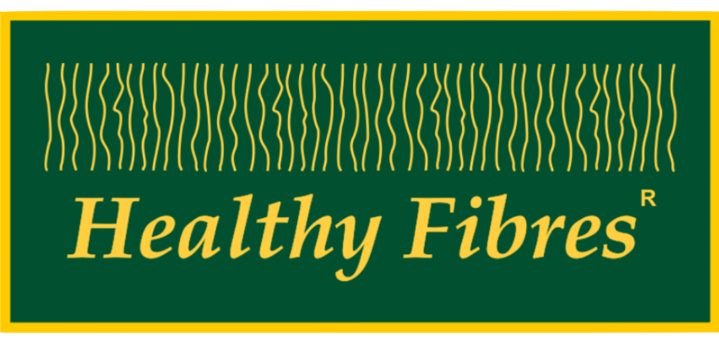Turmeric helps fight cancer, but how?

Developing countries, including those in Southern America and Asia, account for over half of all cancer cases. Almost three-quarters of people in these nations fall into low or middle-income categories. Cancer survival rates are generally one-third of those in developed countries.
There are 9 million new cancer cases each year, with 4 million in developed countries and 5 million in developing countries. The next decades will see cancer become a leading global illness, with the number of new cases expected to reach 15 million by 2025. Cancer is predicted to be the leading cause of death by 2030.
Given the rising cancer statistics and the expensive nature of treatments, finding effective and economically viable methods for patients in low and middle-income countries is crucial.
Researchers conducted a systematic review of clinical studies to comprehensively examine the effectiveness of curcumin in inhibiting and treating various types of cancer. The review aimed to gather comprehensive information on how curcumin impacts cancer.
Turmeric – A nature’s gift to mankind
Turmeric is a yellow spice with a long history used both in food and medicine. It is mostly used in Thai and Asian dishes.
The main active ingredients in turmeric are curcuminoid compounds. These compounds give turmeric its distinctive yellow color. Curcumin is the compound that we know the most about.
What is Curcumin ?
lants of the Curcuma longa species produce curcumin, a bright yellow chemical. Turmeric, a member of the ginger family, Zingiberaceae, is the primary source of curcuminoids, with curcumin being the principal one. It is commercially available as a herbal supplement, a component in cosmetics, a food flavoring, and a food coloring.
How curcumin slows cancer growth?
In Asian medicine, people have long utilized curcumin to treat various illnesses. Now some research suggests that curcumin may help prevent or treat cancer. Laboratory and animal research suggests that curcumin may prevent cancer, slow the spread of cancer, make chemotherapy more effective and protect healthy cells from damage by radiation therapy.
Laboratory/Preclinical Studies
Extensive research over the past two decades suggests that curcuminoids belonging to the diferuloylmethane class of natural products, the major constituents in turmeric (Curcuma longa), interfere with multiple cell signaling pathways, which provides support for the potential role of curcumin in modulating carcinogenesis.
“Curcumin is a natural antioxidant that has anti-inflammatory benefits, as well as [possible] benefits related to slowing the aging process and preventing Alzheimer’s disease and, potentially, depression,” says Elizabeth Ann Shaw, RDN, the owner of Shaw Simple Swaps Consulting in San Diego.
Curcumin role in the prevention of cancers
Free radicals and toxic products resulting from oxidative stress play an important role in the early stages of cancer formation. Therefore, compounds that have antioxidant effects can be helpful in preventing cancer formation. Curcumin has the property of trapping free radicals and thus can play a crucial role in inhibiting the onset of cancer.
Curcumin inhibits DNA damage from oxidative factors in cellular and preclinical studies. It specifically targets free radicals and active oxygen species, preventing harm caused by ionizing radiation.
Curcumin suppresses cancer onset by inhibiting the formation of NF-kappaB, a family of transcription factors that regulate inflammatory responses, cellular growth, and apoptosis. It plays a crucial role in the formation of Nitric oxide synthase and oxidative stress, contributing to cancer.
Curcumin effectively acts on liver enzymes Cytochrome P450, vital for the oxidation and detoxification of toxins. It inhibits Phase I enzymes responsible for producing toxic metabolites and carcinogens. Simultaneously, curcumin activates Phase II enzymes, crucial for detoxifying toxic metabolites. This dual action prevents tumor formation and growth.


Fantastic! This is a truly amazing piece; I have gained a lot of clarity from it.